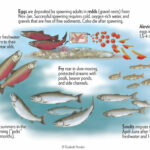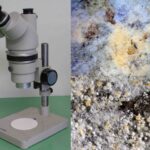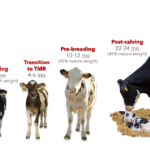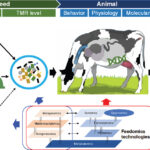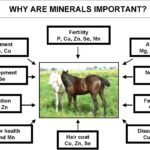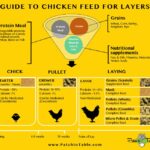PHYSICAL EVALUATION OF FEED STUFF AND IDENTIFICATION OF MATERIAL
Introduction: The physical evaluation of feed mostly provides preliminary information on the quality of the material. It involves assessing physical qualities such as weight, colour, smell and whether the material has suffered from any contamination by other materials. Importance of Feed Evaluation Feed evaluation is important because ingredients that belong to the same class contain…

